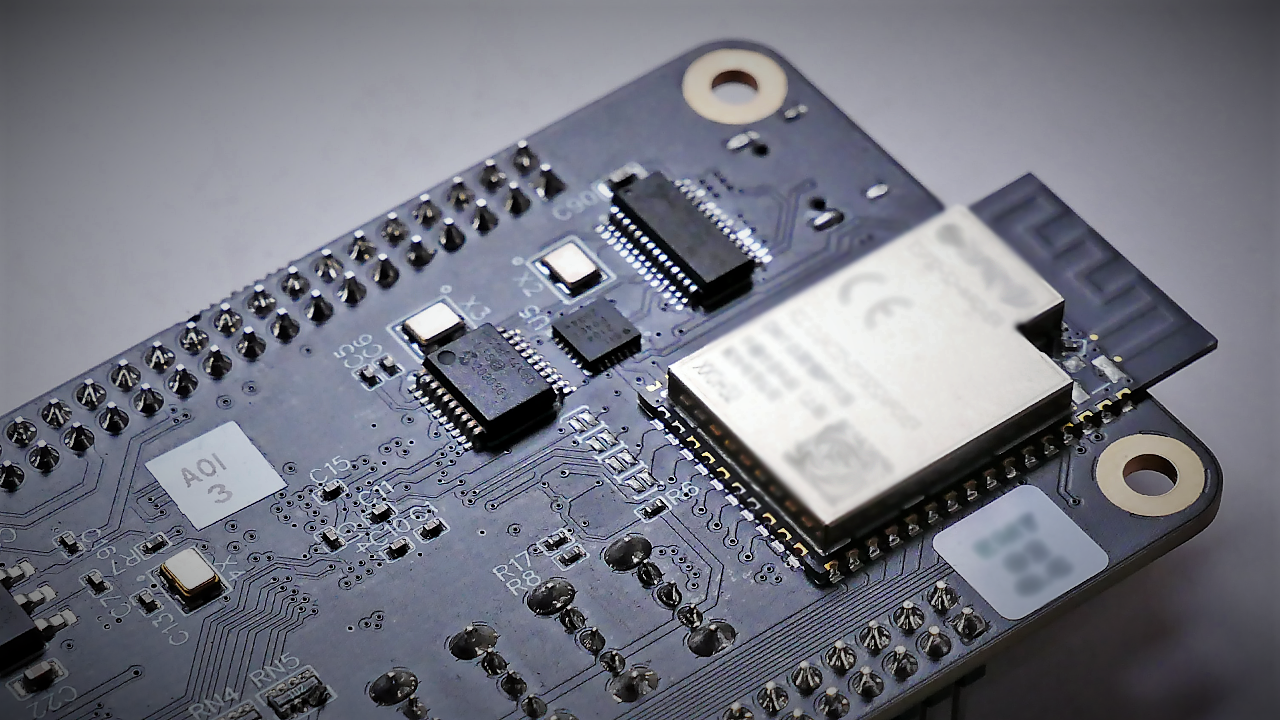Time: 2025-03-31 11:37:52View:
Field-Programmable Gate Arrays (FPGAs) are versatile semiconductor devices that offer unique benefits compared to traditional processors (CPUs, MCUs) and ASICs. However, they also come with trade-offs. Below is a detailed breakdown:

Hardware can be reprogrammed even after deployment (unlike ASICs).
Supports dynamic reconfiguration (e.g., changing logic functions on-the-fly).
Ideal for prototyping and iterative development.
Unlike CPUs/MCUs (sequential execution), FPGAs process multiple tasks simultaneously in hardware.
Enables real-time signal processing (e.g., radar, video encoding).
Dedicated hardware paths eliminate software overhead.
Deterministic timing (critical for industrial control, automotive).
Optimized hardware logic consumes less power than general-purpose processors for specific workloads (e.g., AI inference, cryptography).
Can implement specialized algorithms (e.g., machine learning, DSP, encryption) more efficiently than software.
Unlike discontinued MCUs/ASICs, FPGAs can be reused for new designs with updated firmware.
Expensive per unit (not ideal for high-volume production).
Requires additional components (e.g., configuration memory, power regulators).
Requires hardware description languages (HDLs) like VHDL/Verilog (harder than C/Python).
Debugging is more complex than software-based systems.
Less efficient than fixed-function ASICs for mass-produced devices.
Static power consumption can be high in large FPGAs.
Logic cells, DSP slices, and memory are finite → may require optimization.
Not all FPGAs include embedded processors (some need soft-core CPUs).
Synthesis & place-and-route take much longer than compiling software.
Small design changes may require full recompilation.
Most FPGAs rely on proprietary tools (Xilinx Vivado, Intel Quartus).
Open-source alternatives (e.g., Yosys) have limited device support.
FPGA vs. Alternatives
Feature | FPGA | ASIC | CPU/MCU | GPU |
Flexibility | ✅ High | ❌ None | ✅ Medium | ❌ Low |
Performance | ✅ High | ✅ Very High | ❌ Low-Medium | ✅ High (parallel) |
Power Efficiency | ⚠️ Medium | ✅ Best | ❌ Low | ❌ High (compute-heavy) |
Cost (Low Volume) | ⚠️ Medium | ❌ Very High | ✅ Low | ⚠️ Medium |
Development Time | ❌ Long | ❌ Very Long | ✅ Fast | ✅ Fast |
When to Use FPGAs?
✔ Prototyping ASICs before tape-out.
✔ High-speed signal processing (SDR, radar, video).
✔ Real-time control systems (robotics, aerospace).
✔ Custom accelerators (AI, blockchain, encryption).
✔ Legacy system upgrades (replacing obsolete ASICs).
When to Avoid FPGAs?
✖ High-volume consumer electronics (use ASICs/MCUs instead).
✖ Simple control tasks (a cheap MCU is sufficient).
✖ Projects with tight budgets/schedules (FPGA development is costly & slow).
Conclusion
FPGAs excel in high-performance, reconfigurable applications but are overkill for simple tasks. They bridge the gap between software-programmable processors and hard-wired ASICs, making them indispensable in niches like defense, telecom, and AI acceleration.